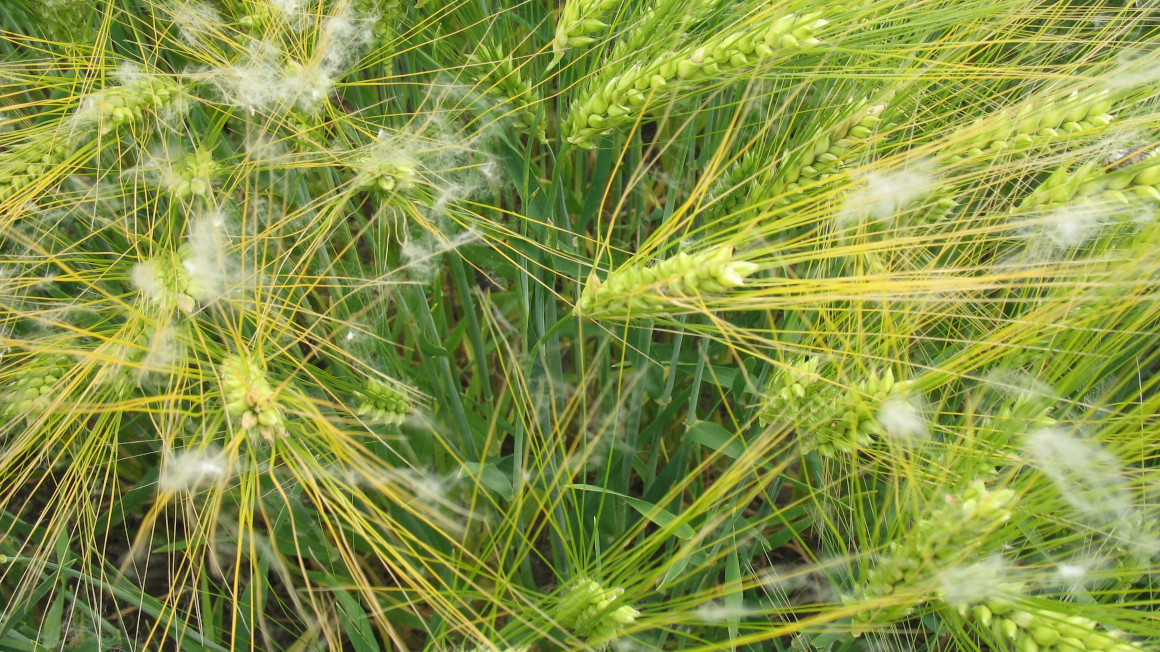Tapping into the potential of salt-tolerant plants
As part of the European research project Aquacombine, partners from six countries are demonstrating the potential that halophytes such as samphire have for the bioeconomy.

Algae are among the marine plants that researchers have long recognised as having great potential for the bioeconomy and which are already being used in a variety of ways. Other salt-tolerant plants such as the European seaweed (Salicornia europaea), on the other hand, have received little attention - but also have many qualities. This is the conclusion reached by a European research team that spent four years investigating the potential of these so-called halophytes.
Tackling climate impact with salt-tolerant plants
The Aquacombine research project was funded by the EU from 2019 to 2023 with around 12 million euros as part of the Horizon 2020 programme. Researchers from the Institute of Botany at Leibniz University Hannover were also involved in the project. Together with 16 other partners from Denmark, Portugal, Spain, Belgium and Sweden, they investigated the extent to which the properties of salt-tolerant plants are suitable for counteracting the consequences of climate change and establishing utilisation chains with high added value.
Sea samphire grows on salt marshes or in mudflats and has only been cultivated on a small scale in the EU to date. The fresh tips of the European samphire are considered a delicacy by gourmets. However, 80 % of the harvest remains unused because the plant has a very high salt content and is therefore unsuitable as a fertiliser, for example.
Potential of samphire as a cultivated plant
Due to their special physiological properties and biochemical composition, halophytes such as sea asparagus are of interest to researchers. At Leibniz University Hannover, a team led by Jutta Papenbrock investigated the potential of marine plants as crops. The advantages of marine plants are obvious: compared to food plants, halophytes do not need fresh water and hardly any space and grow on coasts or in salt deserts where other plants do not thrive.
Growing in a greenhouse works
According to the researchers, large-scale cultivation for the production of food could make an important contribution to the future nutrition of humans and animals while also serving as a raw material for new sustainable products made from renewable resources in the sense of a circular economy. Using a pilot plant, the team was able to show that the cultivation of the samphire also works in a greenhouse with artificial light. Under favourable conditions, such as an optimal salt concentration in the nutrient solution, the yield could also be significantly increased, which would be important for the production of samphire on a large scale in the long term, they say.
Many qualities proven
According to the researchers, the European samphire has many qualities: The seaweed is not just a tasty food. This is because it is rich in polyphenols, which have an antioxidant and anti-inflammatory effect and are therefore healthy. Sea samphire would also be suitable as a filter in salty water or as coastal protection.
Using molecular biology techniques, the team was also able to identify the genes responsible for the exceptional salt tolerance. According to the researchers, this knowledge could be used in the future to modify other plants such as tomatoes so that they can cope better with salty soils and ensure that samphire becomes established as a crop more quickly.
Other partners involved in the EU project investigated how saline soils can be regenerated or how the woody residues of Salicornia europaea can be used for biochemicals and the production of bioenergy. The use of aquaponics was also investigated in order to utilise all parts of sea samphire for the production of nutrient-rich fish feed.
bb


